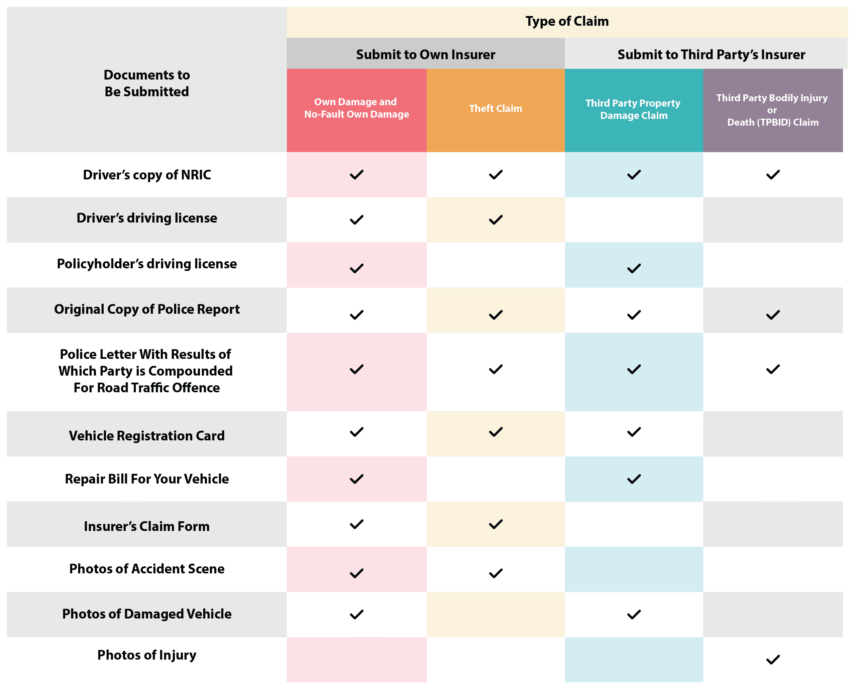Why Comparing Car Insurance is Essential
When it comes to protecting your vehicle, one of the most important steps you can take is comparing car insurance options. With so many companies vying for your business, navigating through the various policies can be overwhelming. However, understanding the differences between each one can save you money, ensure you have adequate coverage, and even provide peace of mind while you’re on the road.
Just as you wouldn’t buy the first car you see without looking at others, the same applies to insurance. Each policy comes with its own set of perks, limitations, and price points. By taking the time to compare your options, you can make an informed decision that suits your specific needs.
Some great benefits of comparing include:
- Cost Efficiency: Finding a better rate can save you a significant amount of money.
- Coverage Adjustment: You might discover that you need different coverage levels than you originally thought.
- Understanding Policy Details: Some policies have hidden clauses that can affect your claims.
What to Look for When Comparing Car Insurance
Before you jump into comparing policies, it’s essential to know what you’re looking for. Here are some important factors to consider:
1. Coverage Types
Understanding the various types of coverage available can help clarify what you need. Here are the most common types:
- Liability Insurance: Covers damages to others if you’re at fault in an accident.
- Collision Coverage: Pays for damages to your vehicle in case of an accident.
- Comprehensive Coverage: Covers non-collision-related incidents, like theft or natural disasters.
- Personal Injury Protection: Covers medical expenses for you and your passengers regardless of who caused the accident.
2. Premiums and Deductibles
When comparing car insurance, focus on both the premium costs and the deductibles. A low premium may be attractive, but it might come with higher deductibles. Conversely, higher premiums may lead to lower out-of-pocket costs when making a claim.
3. Discounts
Another money-saving angle to explore is the availability of discounts. Many insurance companies offer various discounts, such as:
- Safe Driving: For drivers with a clean record.
- Multi-Policy Discounts: If you bundle auto insurance with other types of insurance.
- Good Student Discounts: For students maintaining a high GPA.
4. Customer Reviews and Reputation
Diving into customer reviews can provide a glimpse into an insurer’s service quality. Check platforms like Yelp or Trustpilot to understand the experiences of others. A good reputation can be just as valuable as the details of the policy itself.
5. Claims Process
One of the most critical aspects of any insurance coverage is the claims process. Make sure to inquire about how easy it is to file a claim and how quickly claims are typically resolved. A frustrating claims process can overshadow any price advantage a policy may provide.
The Comparison Process: Essential Steps
Now that you know what to consider, let’s get into the nitty-gritty of how you should approach comparing car insurance in a step-by-step manner.
Step 1: Gather Quotes
Start by collecting quotes from several insurance companies. Many offer online calculators that make this step easy and quick. Aim to get quotes from at least three to five different providers for a well-rounded view.
Step 2: Analyze the Coverage
After receiving your quotes, delve into the coverage aspects of each policy. Look beyond just the price; see what is included, what is excluded, and how different policies fare in flexible coverage options.
Step 3: Evaluate Premiums and Deductibles
Once you’ve narrowed it down to a few options, evaluate the premiums in relation to the deductibles. It’s essential to choose a combination that suits your financial situation and risk tolerance.
Step 4: Check for Discounts
Don’t forget to ask about available discounts when getting your quotes. Many insurers are willing to give discounts based on various factors. Make sure you don’t miss out on any savings you qualify for.
Step 5: Read Reviews and Check Ratings
Take the time to check online reviews and customer ratings of the potential insurance companies. Look for information on claims satisfaction, customer service quality, and any conflicts or complaints that might have arisen over the years.
Final Thoughts on Comparing Car Insurance
By now, you should have a clearer picture of how to approach comparing car insurance. This essential task can significantly impact your financial well-being and peace of mind when driving. Remember, it’s not just about finding the cheapest policy; it’s about finding the right coverage for your specific needs.
Don’t forget to also explore innovative tools like Tauapa, which can simplify your comparisons greatly. The right online resource can save you countless hours and help you make an informed choice.
Ultimately, the extra time you invest in comparing policies will pay off in the long run with both financial savings and adequate protection for you and your vehicle.
FAQs About Comparing Car Insurance
What does car insurance coverage typically include?
Car insurance coverage usually includes liability, collision, comprehensive, and personal injury protection. Each type covers different aspects of protection, so understanding them is crucial when comparing policies.
How often should I compare car insurance rates?
It’s a good idea to compare car insurance rates at least once a year or whenever you experience a change in circumstances, such as moving, buying a new vehicle, or making significant life changes.
Can I negotiate my insurance premiums?
Yes, you can negotiate your insurance premiums by asking about discounts, adjusting your coverage, and sometimes by discussing your loyalty as a long-term customer.
What factors affect my insurance premium?
Among the key factors affecting your insurance premium are your driving history, age, location, type of vehicle, and your credit score. Each insurer has a unique way of evaluating these factors.
Is it worth it to switch my car insurance?
If you find a better rate or more suitable coverage by comparing car insurance options, then it is worth considering switching. Just ensure that the benefits of switching outweigh any potential drawbacks.




